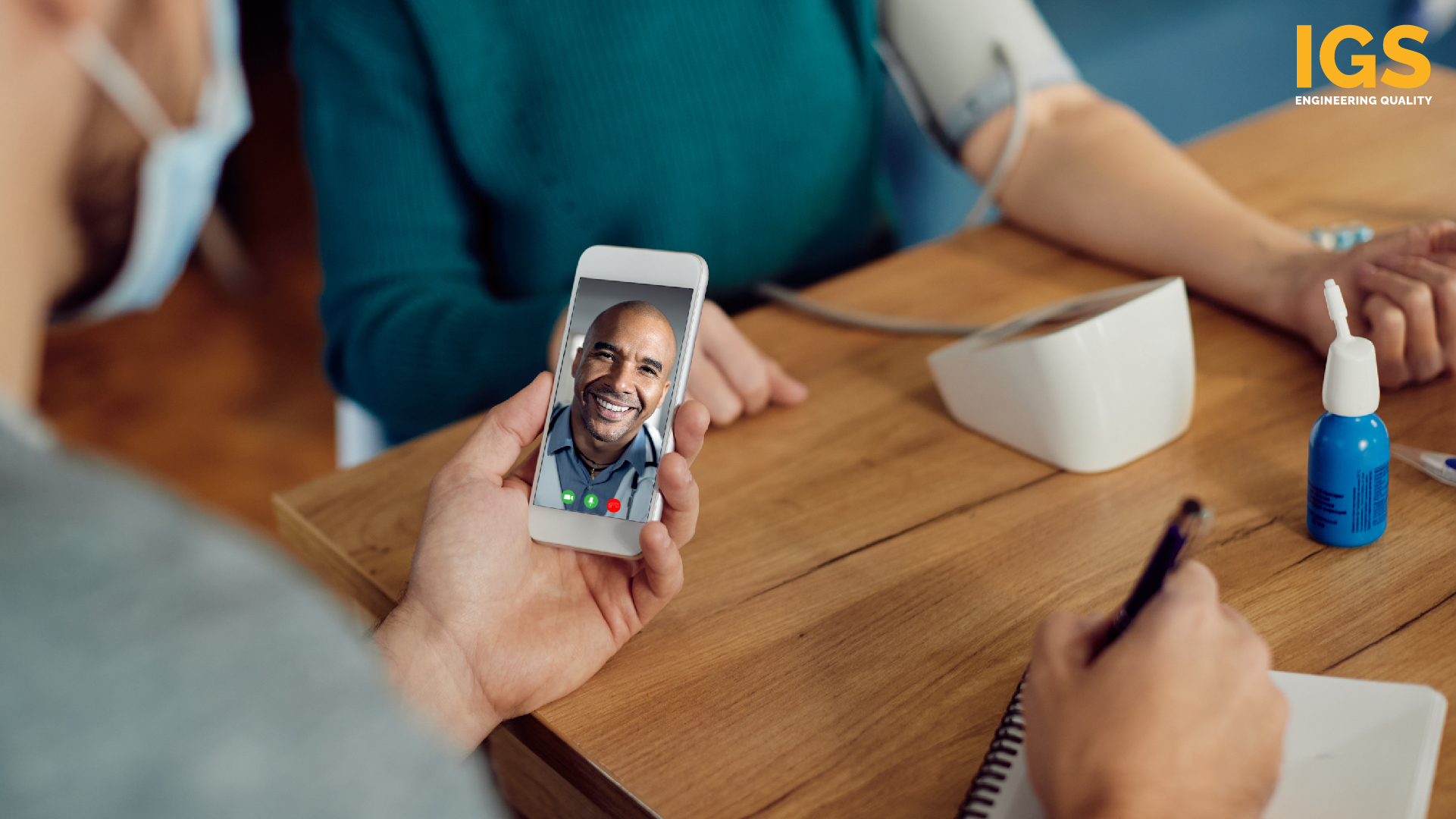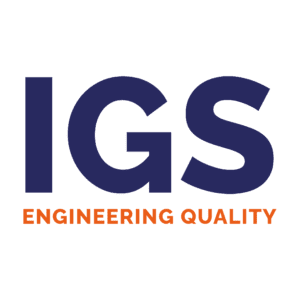Role of Quality Engineering in Remote Patient Monitoring Trends

The healthcare landscape is undergoing a paradigm shift, and at the forefront of this transformation lies remote patient monitoring (RPM). Imagine being able to track your vitals from the comfort of your home, receive medication reminders on your smartphone, or consult with your doctor virtually – all without stepping foot in a clinic. This is the reality that RPM is bringing to life, empowering patients and healthcare providers alike with a revolutionary approach to managing health. But with this technological leap comes the responsibility to navigate a complex regulatory landscape, ensuring patient privacy and data security while reaping the full potential of RPM. Let’s embark on a deeper exploration of this transformative technology, delving into its benefits, dissecting the crucial safeguards of HIPAA and FDA compliance, and charting a course for the future of RPM.
Beyond the Basics: Understanding the Nuances of RPM
While the core concept of RPM revolves around collecting and transmitting health data remotely, its applications extend far beyond simple readings. We can categorize RPM programs into two main types:
- Remote physiological monitoring (RPM): This focuses on capturing vital signs like blood pressure, heart rate, oxygen saturation, and even blood glucose levels using wearable devices and sensors. The data is then transmitted electronically to healthcare providers, enabling them to monitor patient health trends and intervene proactively.
- Remote therapeutic monitoring (RTM): This type incorporates the use of medical devices for specific therapeutic purposes, such as insulin pumps for diabetes management or inhalers for chronic respiratory conditions. RTM goes beyond passive data collection, allowing for medication adjustments, dosage control, and even remote device programming.
The impact of RPM is multifaceted, extending beyond mere convenience. Here are some key benefits that are changing the healthcare game:
- Enhanced chronic disease management: For individuals battling chronic conditions like diabetes, heart disease, or asthma, RPM offers real-time insights into their health status. This empowers them to actively participate in their care, adjust their lifestyle choices based on data-driven feedback, and ultimately achieve better clinical outcomes.
- Early detection and intervention: Continuous monitoring allows for the early identification of potential health concerns, preventing complications before they arise. For example, a sudden spike in blood pressure readings could prompt timely intervention, potentially averting a heart attack.
- Improved patient engagement: The ease and accessibility of RPM programs encourage patients to be more proactive about their health. The ability to track their own progress and receive timely feedback fosters a sense of ownership and accountability, leading to better adherence to treatment plans.
- Reduced healthcare costs: Early detection and preventive interventions facilitated by RPM can potentially lead to reduced hospital readmissions, emergency room visits, and overall healthcare costs. This creates a win-win situation for both patients and healthcare systems.
Navigating the Regulatory Maze: HIPAA and FDA Compliance
While RPM’s potential for improving healthcare is undeniable, ethical considerations and regulatory compliance take center stage. Two key regulatory frameworks govern the responsible use of RPM technology:
- HIPAA (Health Insurance Portability and Accountability Act): This act safeguards patient privacy and dictates how protected health information (PHI) is collected, stored, and shared. In the context of RPM, HIPAA compliance translates to:
- Implementing robust data security measures like encryption and access controls.
- Obtaining explicit patient consent for data collection and use.
- Limiting access to PHI only to authorized personnel with legitimate needs.
- Providing patients with clear and accessible information about their data privacy rights.
- FDA (Food and Drug Administration): As RPM often involves medical devices, FDA regulations ensure their safety and effectiveness. Manufacturers need to follow specific guidelines for design, testing, and approval, depending on the device’s intended use and potential risks. This includes:
- Conducting rigorous clinical trials to demonstrate the device’s safety and efficacy.
- Obtaining FDA clearance or approval before marketing the device.
- Adhering to post-market surveillance requirements to monitor device performance and identify potential safety concerns.
Striking the Right Balance: Innovation with Security
Balancing the quest for innovation with the need for compliance is not a zero-sum game. Healthcare providers, developers, and policymakers must work collaboratively to:
- Prioritize data security: Continuous investment in robust data security infrastructure, regular assessments, and employee training are crucial to safeguarding patient privacy.
- Promote patient understanding: Transparent communication about data collection, use, and sharing practices is essential for building trust and obtaining informed consent.
- Advocate for clear and consistent regulations: Regularly reviewing and updating existing regulations to address emerging technologies and ensure they are flexible enough to accommodate innovation without compromising patient safety and privacy.
- Foster collaboration: Creating open communication channels between regulators, developers, and healthcare providers can facilitate smoother implementation of RPM technologies while upholding compliance.
Remote patient monitoring (RPM) has revolutionized healthcare delivery, empowering patients and clinicians with real-time insights beyond the confines of clinics. However, this transformative technology faces its own set of hurdles. Here, we delve into the crucial challenges of RPM and explore how quality engineering plays a pivotal role in crafting effective solutions.
Challenge 1: Data Integrity and Security
RPM hinges on the seamless collection and transmission of sensitive health data. Data breaches and inconsistencies can have dire consequences, eroding patient trust and potentially impacting diagnoses.
Quality Engineering Solutions:
- Rigorous testing: Implementing robust testing frameworks across hardware, software, and network layers ensures data integrity and identifies vulnerabilities before they exploit.
- Security best practices: Adherence to encryption standards, secure data storage, and multi-factor authentication guarantees data security in transit and at rest.
- Compliance adherence: Following regulations like HIPAA and GDPR ensures data governance and privacy protection.
Challenge 2: Device Interoperability and Compatibility
The diverse landscape of RPM devices and platforms can lead to interoperability issues, hindering data exchange and limiting care coordination.
Quality Engineering Solutions:
- Standardization advocacy: Pushing for industry-wide standards like FHIR facilitates seamless data exchange between different systems.
- Thorough compatibility testing: Ensuring compatibility across various devices, operating systems, and browsers enables data accessibility regardless of patient technology choices.
- API integration testing: Validating APIs that enable secure and efficient data flow between different platforms streamlines care delivery.
Challenge 3: User Experience and Adoption
Patients with varying technical skills and comfort levels might struggle to use RPM technology effectively, impacting data collection and adherence.
Quality Engineering Solutions:
- Usability testing: Conducting user tests with diverse demographics ensures intuitive interfaces and clear instructions cater to all user needs.
- Accessibility testing: Optimizing platforms for accessibility standards guarantees inclusivity for patients with disabilities.
- Patient education and support: Providing clear instructional materials and ongoing technical support empowers patients to use the technology effectively.
Challenge 4: Data Accuracy and Reliability
Inaccurate or unreliable data can lead to misdiagnosis and inappropriate interventions. Ensuring data quality across devices and platforms is crucial.
Quality Engineering Solutions:
- Data validation testing: Implementing rigorous data validation checks at every stage of collection, transmission, and storage ensures data accuracy and consistency.
- Calibration and maintenance protocols: Defining clear guidelines for device calibration and maintenance minimizes data errors due to equipment malfunction.
- Real-time anomaly detection: Integrating algorithms to detect anomalies in data streams helps identify and address potential issues promptly.
Challenge 5: Scalability and Sustainability
As RPM adoption grows, ensuring scalability and cost-effectiveness is critical for continued implementation and accessibility.
Quality Engineering Solutions:
- Performance testing: Conducting performance tests under varying data loads guarantees system stability and scalability as patient and data volumes increase.
- Automation and optimization: Implementing automation for repetitive tasks and optimizing resource utilization fosters efficiency and cost-effectiveness.
- Cloud-based solutions: Leveraging cloud infrastructure offers agility and scalability at manageable costs.
Conclusion
By embracing quality engineering solutions, we can transform the challenges of RPM into stepping stones for a brighter future. Imagine a world where data insights empower patients, diverse devices seamlessly share information, security is impregnable, user interfaces are intuitive, and regulatory compliance is a breeze. This is the future that quality engineering helps build, paving the way for a revolution in remote healthcare, where patients and providers alike can confidently navigate the RPM landscape, charting a course towards better health outcomes for all.
